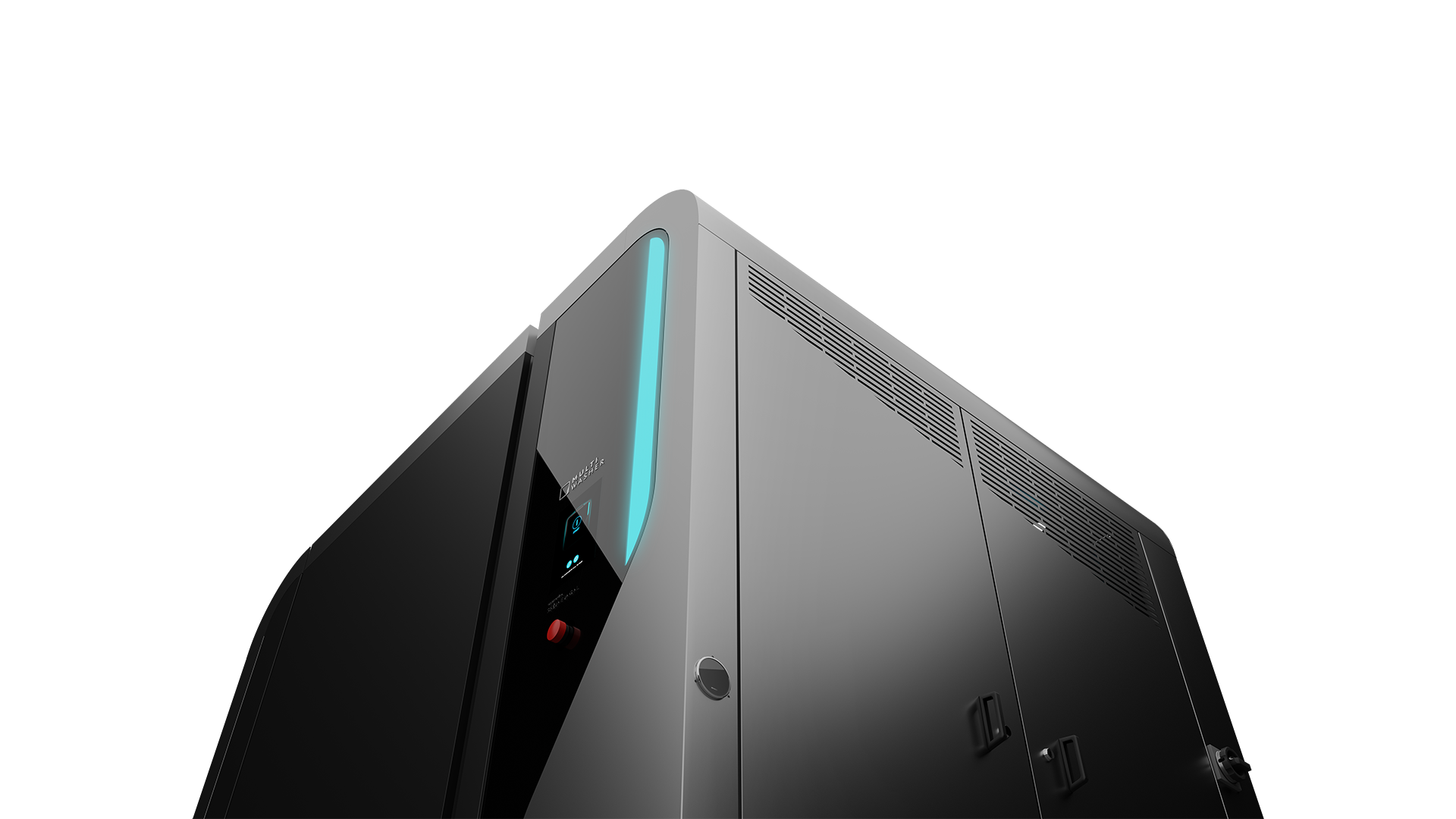Management / Articles
One Step Ahead: What is Predictive Maintenance?
Predictive maintenance uses data to predict and prevent failures, increase equipment lifetime and improve efficiency. But what does it mean for businesses and what are its key advantages?

 7 minutes of reading
7 minutes of reading
2022-01-06 14:47:41
Predictive maintenance uses data to predict and prevent failures, increase equipment lifetime and improve efficiency. But what does it mean for businesses and what are its key advantages?
When will your company's most important equipment fail? With the right information, you don't need a crystal ball to predict the future. Predictive maintenance allows you to plan for critical equipment failures based on data. But what exactly is this methodology, how does it work and what are its benefits?
What is predictive maintenance?
Predictive maintenance is a proactive maintenance strategy that aims to prevent critical equipment failures. Based on data collected and predictive algorithms, it empowers businesses to anticipate problems that would otherwise cause long and unplanned stoppages.
Predictive maintenance has the potential to increase team productivity, enhance machine efficiency, reduce maintenance costs and improve customer service. From printers to aircraft to industrial washing machines such as the MultiWasher, virtually every equipment benefits from predictive maintenance.
But it hasn’t always been so. Until a few years ago, an industrial equipment had to fail to be repaired. This condition is especially relevant in the process industry, where critical equipment - such as engines, pumps, compressors and turbines - operates 24/7 to ensure a steady production output. Wear is inevitable. Without the right tools, keeping these machines "healthy" is an almost impossible undertaking.
Besides promoting operational excellence, predictive maintenance is also a rapidly evolving area. Advances in digital technology, machine learning and cloud computing are paving the way for a new approach and making the power to predict the future increasingly a reality. Companies leading the charge have a wealth of benefits to collect.
What are the benefits of predictive maintenance?
Predictive maintenance uses data and intelligent systems to recognize failures before they happen. As a result, these companies generate significant savings, improve customer service and increase the planning capacity of their maintenance teams.
These are the major advantages of predictive maintenance for companies of all sizes:
1. Predictive maintenance decreases unscheduled downtime
By detecting faults before they happen, maintenance teams can intervene and replace components at risk in a controlled manner, thus avoiding longer production stops to fix problems.
2. Predictive maintenance saves business costs
In a production area, each second counts. In the automotive sector, for example, that count is made at 19.500€ per minute. But predictive maintenance doesn’t just reduce downtime–it also saves energy and water, and cuts maintenance costs.
Unscheduled stops are longer and more costly than those planned by the maintenance team. In addition, predictive maintenance can detect when a component is not working as efficiently as it should. In these cases, maintenance staff can act to restore these components to achieve optimal productivity levels.
3. Predictive maintenance improves quality control
Modern quality control programs should be designed with risk analysis techniques in mind. Predictive maintenance automatically tracks key risk indicators and detects when a data point is outside the acceptable range. With control programmes that meet these requirements, it is possible to ensure quality throughout the entire production chain, and not just at the end of the process.
4. Predictive maintenance improves customer service
Unplanned stops often have consequences for customers. The lack of stability in production, caused by the absence of predictive maintenance, can lead to delays.
5. Increases equipment lifespan
Predictive maintenance increases the equipment lifespan. As a result, companies can maintain their critical machines for longer and delay large investments in new ones.
6. Predictive maintenance is environmentally friendly
Equipment that works in its most efficient state is not only cheaper to operate but also has lower environmental impact. Predictive maintenance allows for a quick detection of leaks and other higher than expected consumptions.
7. Predictive maintenance impacts safety
Most security incidents occur during machine shutdown and startup. Therefore, it is crucial to predict and manage downtime as efficiently as possible during these operations in order to protect operators.
How does predictive maintenance work?
Predictive maintenance is based on the permanent monitoring of the components of each machine - through sensors that measure vibration, temperature or humidity, for example.
Specialized maintenance software collects this data, evaluates it and recognizes in advance when a component may be in danger of failure. Defective components are identified and can be replaced before problems occur. This procedure happens in parallel with the normal maintenance plan and is activated only if any of the parameters are outside the expected benchmark.
This process requires advanced equipment with the capacity to collect and process data from each operating cycle. That is the case of MultiWasher, Somengil's most advanced industrial washing equipment. This machine, which efficiently washes any type of utensil, is equipped with sensors that accompany the most important variables of each cycle.
The MultiWasher records temperature, the amount of water and detergent and the level of humidity of each wash. This data can assist in a predictive maintenance strategy. Thus, it is possible to know in advance when the operation of this equipment is deviating from the standard.
MultiWasher, prepared for the future of maintenance
Maintenance is on its way to a new era. Instead of reacting when a component fails to work, maintenance managers of the future must act before a failure forces the machine to stop. In addition, continuous data analysis provides a much more accurate picture of installations: operational errors or incorrect settings become something of the past in this scenario. And if they do occur, they can be quickly recognized and fixed.
Contact our team or schedule a webinar to see the power of data in action.
You may also like

Management / Articles
5 secrets to improve supply chain management without breaking the bank
Here are 5 time tested secrets to improve your supply chain management without breaking the bank most consultancy firms won’t tell you about.
Posted in 2024-07-02

Management / Articles
What is the PDCA Cycle?
The PDCA Cycle is almost 70 years old now, but it is still an indispensable management tool. Find out why it remains so important.
Posted in 2023-03-23

Management / Articles
6 essential Quality KPIs (and how to improve them)
These are 6 essential quality KPIs every company should track, how to measure them, and what to do to improve them.
Posted in 2023-03-09






















 Portugal
Portugal United Kingdom
United Kingdom United States
United States France
France Spain
Spain Germany
Germany Romania
Romania Italy
Italy Czech Republic
Czech Republic Finland
Finland Hungary
Hungary Slovakia
Slovakia Greece
Greece Lithuania
Lithuania South Korea
South Korea Russia
Russia Saudi Arabia
Saudi Arabia Poland
Poland Brasil
Brasil Hebrew
Hebrew